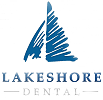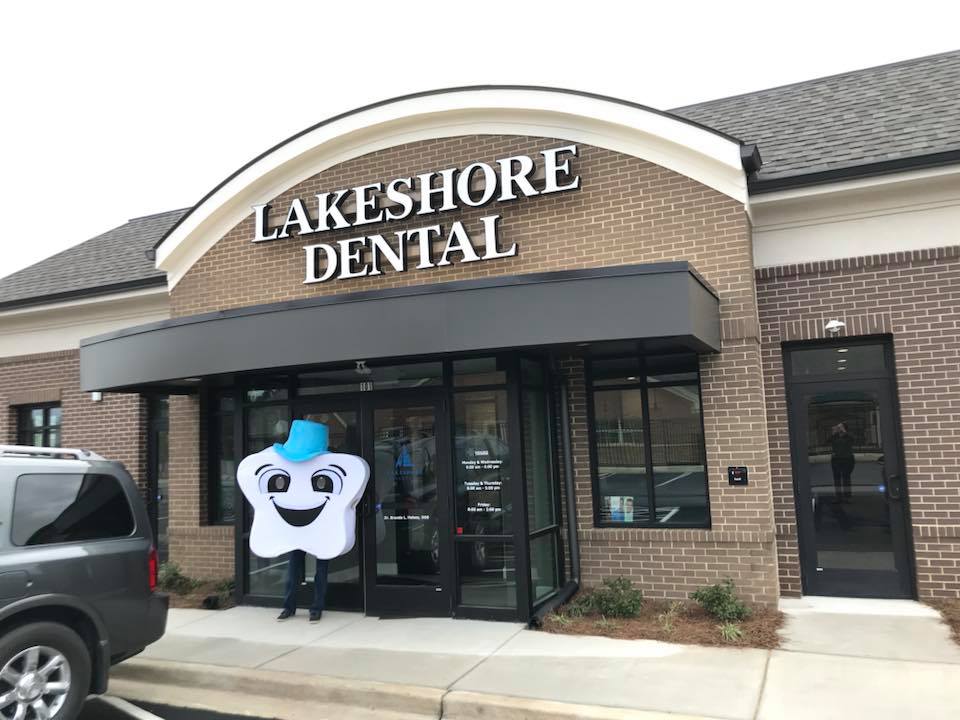Tooth Extraction
Tooth Extraction is a dental procedure that involves the removal or pulling of the tooth from the tooth socket called the alveolus in the alveolar bone. Tooth extraction is typically the last option for maintaining your oral health.
Why do you need a tooth extracted?
Tooth extraction is only recommended for heavily damaged tooth, severe periodontal disease, and other dental condition that may require the removal of your teeth. Here are some reasons why tooth extraction is necessary:
- Severely fractured tooth.
A tooth can be severely damaged or injured by a sharp blow while playing sports, or during an accident. A tooth fracture may extend its damages far beyond the gumline, and this may cause an irreparable condition. In order to save the gums and jaw and preserve the adjacent teeth, extracting the severely fractured tooth may be recommended.
- Severe overcrowding of teeth.
- Impacted molars or wisdom teeth.
Impaction happens when the wisdom tooth cannot come out because it is being blocked by other teeth. If your wisdom tooth does not fully erupt, it will cause pain and discomfort. In some cases, impacted molars may cause gum disease. The solution is to extract the impacted tooth.
- To ensure overall health.
There are medical conditions that may cause infection of the tooth and gums because of a weakened immune system. Thus, tooth extraction may help lower the risk of infection. In this case, It is best to secure a recommendation from your physician.
Brenda L. Halsey, DDS initially examines and evaluates the condition of your teeth, gums, and other mouth structures before recommending a tooth extraction procedure. At Lakeshore Dental, our goal is to preserve your teeth and maintain a good dental health and hygiene.
Tooth Extraction Procedure in Fort Mill, SC
In our Fort Mill dental practice, tooth extraction starts with a comprehensive dental exam and cleaning. After a thorough evaluation of your teeth, gums, jaw, and mouth, Brenda L. Halsey, DDS will give a diagnosis and recommendation alongside your oral health goals. She will discuss the most ideal dental option that suits your dental needs.
For periodontal cases, Brenda L. Halsey, DDS may recommend dental filling and sealant, root canal treatment, and dental inlays and onlays. For damaged, cracked or chipped teeth, dental solutions may include dental bonding, crowns and veneers.
For mild to moderate teeth overcrowding, we may consider Invisalign as the best solution. Lakeshore Dental is an Invisalign premier provider in Fort Mill, SC.
When tooth extraction is recommended, Brenda L. Halsey, DDS will discuss the step-by-step procedure and will give you an insight on what to expect. Our Fort Mill dental team will be with you every step of the procedure to ensure a safe and anxious-free treatment.
Before a tooth extraction, we will administer a local anesthesia to numb the area of the affected tooth. This is to make sure that you undergo a pain-free and comfortable procedure. For extraction of an impacted molar or of a tooth that is firmly anchored onto the alveolus, the tooth may need to undergo tooth sectioning.
Lakeshore dental uses the most advanced dental technology for tooth extraction and sectioning to secure the safety of your adjacent teeth.
Tooth Sectioning
Tooth Sectioning is a dental process of cutting the crown of your tooth into sections for easier removal of the tooth. This happens when the tooth is tightly attached into the tooth socket and pulling the whole tooth may cause unbearable pain for the patient.
Tooth sectioning may also be required for an impacted wisdom tooth. There are wisdom teeth that grow sideways, hence, pulling the molar may be difficult and may affect the adjacent tooth. Hence, tooth sectioning may help provide a more efficient procedure.
Post-Extraction Treatment
Tooth extraction procedures do not end when the affected tooth has been removed. Brenda L. Halsey, DDS ensures that the alveolus from where the tooth was extracted is clean before a blood clot forms to close the wound.
A blood clot is important to help stop the bleeding. To do this, place a clean gauze on the tooth socket and bite for about 30 minutes. After which check if it is still bleeding. If so, replace with a new and clean gauze. For some patients, bleeding may take a while. It is best to continue replacing the gauze every 30 minutes.
Once the blood clot is formed, make sure to keep it from being irritated. Avoid smoking, eating hard food, eating and drinking highly-acidic food and drink, or vigorously brushing your teeth.
Our dental office in Fort Mill, SC will provide a list of tips and guideline for post-extraction home treatments that will help relieve you from pain and discomfort. In case you need to take a painkiller, especially after the anesthesia wears off, you may ask Brenda L. Halsey, DDS for a prescription or over-the-counter recommendation.
If the bleeding does not stop or if you feel pain and discomfort after the procedure, visit us right away. We welcome emergency patients, and we will thoroughly check the condition of your gums and other affected structures of the extraction. At Lakeshore Dental, your comfort and oral health are important to us.
Contact Us
Lakeshore Dental is committed to providing the best tooth extraction and other dental services for you and your family. To know if tooth extraction is the most ideal treatment for you, schedule an appointment with us through our 24/7 online booking platform.
Our online booking system is a real-time scheduling platform that can accommodate emergency cases. It is integrated into our system and you will see all the available treatments and time slots, thus, allowing you to choose the most ideal schedule to visit our Fort Mill office.
We welcome walk-in, emergency, and new patients. Visit us at 1200 Gold Hill Road, Fort Mill, SC 29708. You may also contact us at 803-396-0000 to book an appointment.










